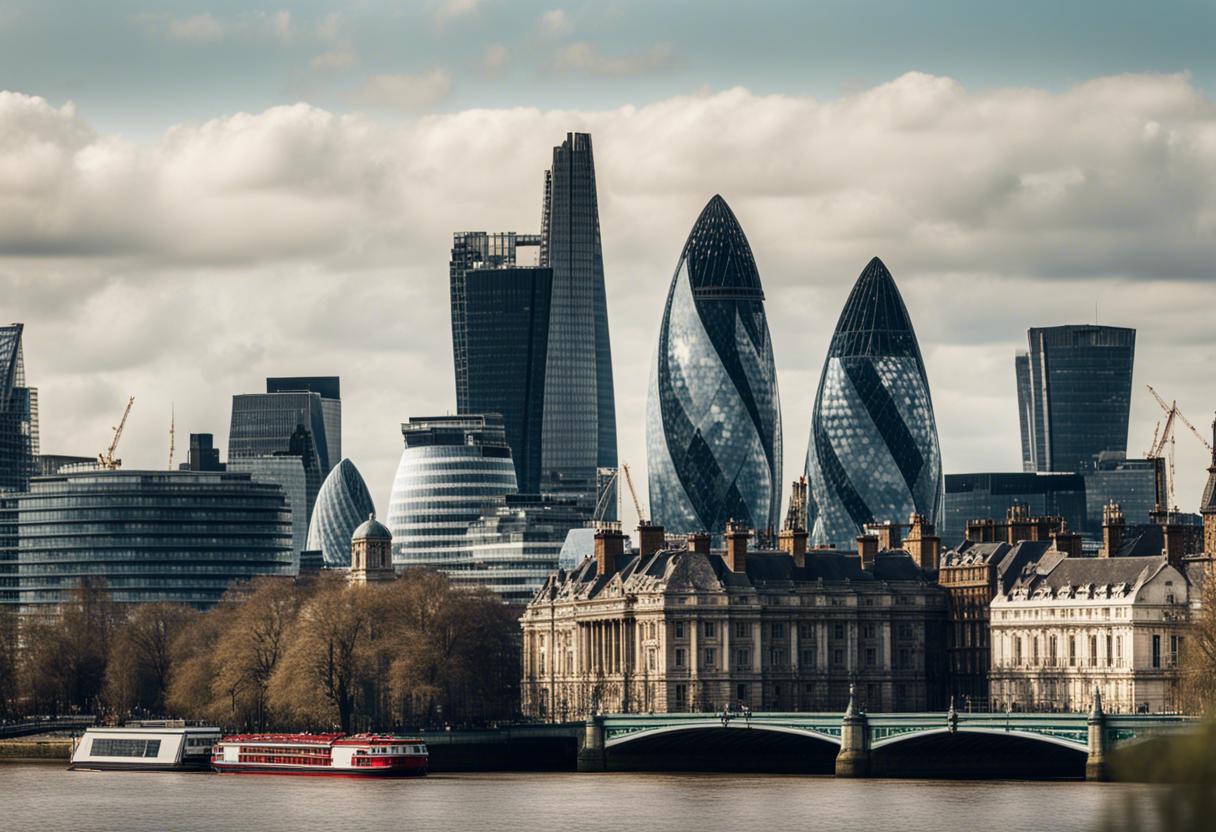The economic growth of the United Kingdom in May overtook estimations by doubling, signalling the robustness upon which the current Labour administration hinges its extensive policy plans. The Office for National Statistics reported a monthly 0.4% growth in the Gross Domestic Product for May, recovering from April’s stagnant figures. This development, attributed to the quickest construction sector expansion in nearly a year, surpasses economists’ projections of a 0.2% growth rate.
These statistics lay the groundwork for yet another solid quarterly expansion for the UK, furthering a resurgent trend from economic slump that the Labour government plans to expedite through an array of growth enhancing schemes. Yael Selfin, the chief economist at KPMG UK, noted, “Consumer consumption is expected to propel activity throughout the year’s latter half as the economy has been performing remarkably well since the year commenced.”
From the three months leading up to May, there was a 0.9% output increase compared to the preceding quarter, making it the fastest rate within over two years. Improved climatic conditions in May, as opposed to April’s adverse weather that curbed retail and construction sectors’ productivity, played a significant role in economic upturn. Earlier data revealed a surge in retail sales with the Met Office confirming that it was the warmest May on record in the UK.
Retailers and wholesalers reported considerable progress during May, recuperating from a weak performing April, as described by Liz McKeown, ONS’s Director of Economic Statistics. “The escalation in construction was the quickest in about a year after recently recorded sluggishness, with the housing and infrastructure initiatives providing a significant boost to the sector.”
Just after the data was released, the pound sterling recorded a slight surge, reaching its highest in four months at $1.2865, a 0.1% jump. So far, this month the currency has gained 1.7%, exceeding all G-10 peers, linked to hopes of political stability following Labour’s election victory and the anticipation of a steady UK-US interest-rate disparity.
From March to May, service sector output expanded by 1.1%, marking the most rapid growth since December of the preceding year. The greatest contributions came from professional, scientific, technical activities, and administrative and support services, though the sector experienced holistic growth. Meanwhile, manufacturing experienced an uptick of 0.4% in May, counterbalancing a portion of the 1.4% decline observed in April.
Rachel Reeves, the newly appointed Chancellor of the Exchequer, has pledged to make sustained growth a “national mission”, in a bid to increase funding for severely under-resourced public services. Labour is currently rushing to implement reforms including changes to the burdensome planning system, with the goal of rejuvenating the economy, which has performed poorly during Conservative governance in recent years.
Even though these figures are from a time when Rishi Sunak’s Conservative government was in power, Reeves announced the start of a “decade of national renewal” in the UK, underscoring that the process is just beginning. Prime Minister Keir Starmer has committed to achieving the fastest growth among the Group of Seven nations, a challenging feat considering the rather slow growth the UK has witnessed post-Brexit.
Following a minor recession the previous year, the UK’s economy has shown signs of recovery in 2024, with wages rising in real terms after a cost-of-living crisis.
The Bank of England’s plans for reducing interest rates are unlikely to be deterred by another quarter of steady growth. The central bank of the UK announced in June that it anticipates 0.5% growth in the second quarter, and also hinted that more members are now leaning towards endorsing a cut from the highest rates in 16 years.
Should the economy not experience a downturn in June, growth will exceed the BOE’s second quarter projection of 0.5%. According to the Office for National Statistics, if June’s expansion lies between 0.01% and 0.31%, growth will equal the 0.7% broadening seen in the first quarter.
Presently, market expectations are nearly half-way towards a downward shift following the BOE’s upcoming meeting on August 1st.
Although the production in April saw no significant change due to weather influence, the Gross Domestic Product (GDP) kick-started the second term at an elevated level backed by an impressive conclusion to the first term. The consumer expenditure incited by the Euros football competition in June and the arrival of Taylor Swift’s mega Eras Tour in the UK could potentially enhance the stats for the second quarter.
Anna Leach, the lead economist at the Directors’ Institute, shared that the record-breaking warmth in May stimulated a recovery in GDP growth that surpassed forecasts. This surge was primarily generated by customer-oriented sectors such as retail, and was beneficial for the construction industry as well. – Bloomberg

